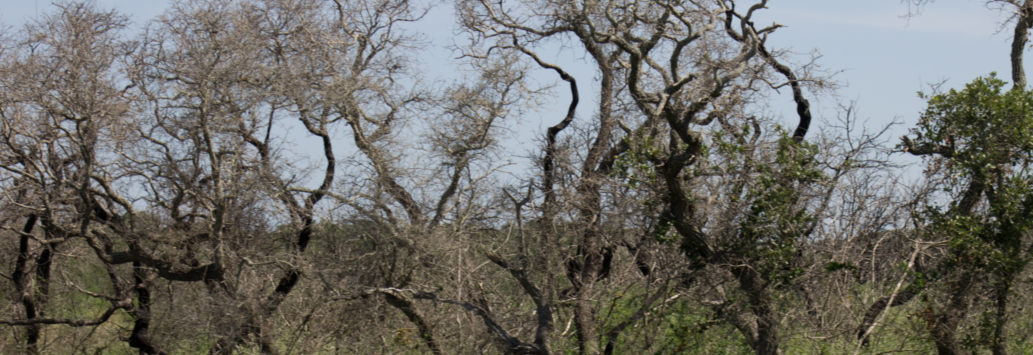In 1767, Fray Gaspar José de Solís toured the faltering missions of Texas. When he visited the mission of Nuestra Señora del Rosario, which the Spanish built to convert the Karankawa Indians to Christianity, he wrote a lengthy report on their cannibalism in his journal: “Dancing and leaping and with sharp knives in their hands, they draw near to the victim, cut off a piece of their flesh, come to the fire and half roast it, and, within sight of the victim himself devour it most ravenously.” Despite captivating readers for generations, Padre Solís’s account of the Karankawas’ cannibalism has a major problem—it is almost certainly fictitious. Although the Karankawas did, in fact, practice a rare exo-cannibalism, this disgruntled priest likely fabricated an exaggerated version of the custom. He has tarnished the image of the Karankawas for the past two-hundred and fifty years. This article explains why Fray Solís’s account, a source utilized by numerous scholars, should be used selectively and with caution.
I published this article as a guest post. To view its entirety, visit Texas History Notebook.
